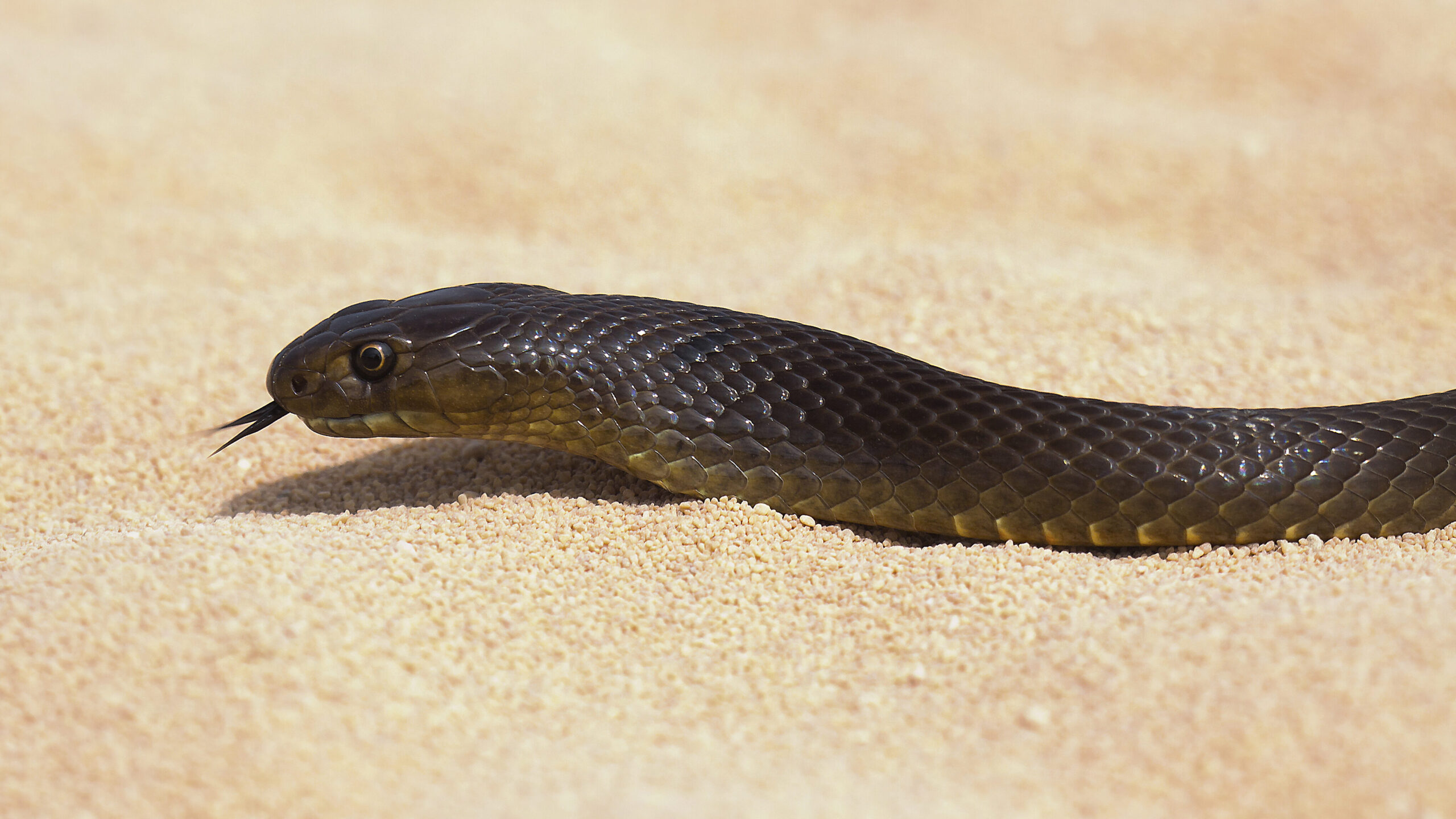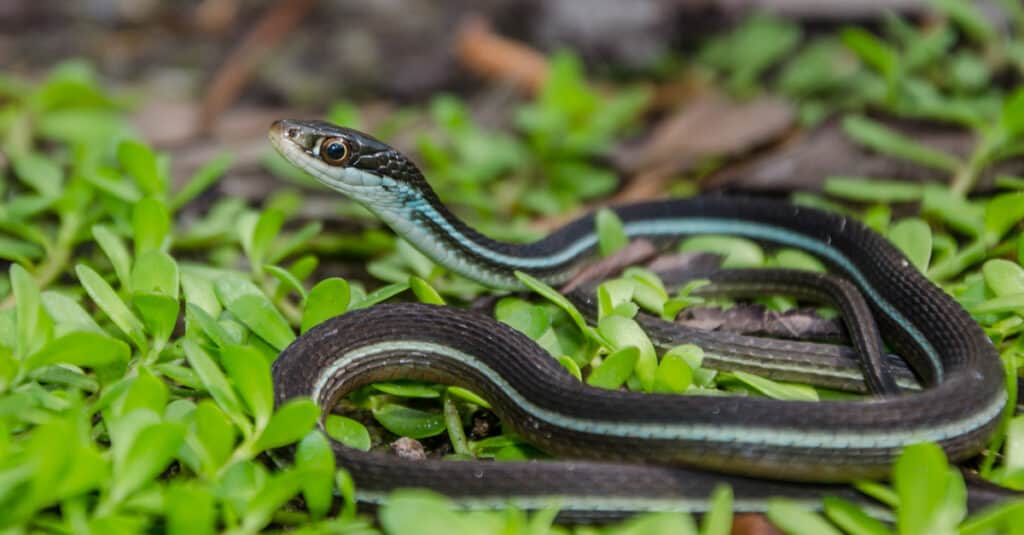Introduction
The Tasmanian tiger serpent, medically referred to as Notechis scutatus, is one of Australia's many appealing reptiles. Discovered primarily in Tasmania and its surrounding islands, this serpent has actually gathered attention not only for its striking look however additionally for its complicated habits and vital function in the community. This write-up will discover the numerous elements of the Tasmanian tiger snake's habitat, habits, composition, and communications with human beings while supplying crucial details about safety measures in case of a snake bite.
Whether you're a scientist, a wildlife lover, golden crowned snake or just someone curious concerning these remarkable creatures, this comprehensive guide assures to provide insights that are both useful and interesting. So let's start this Psychological Support trip to recognize the Tasmanian tiger snake better!
The Tasmanian Tiger Serpent: An Overview
Physical Characteristics of the Tasmanian Tiger Snake
Tiger serpents are characterized by their distinct coloration and patterns. They usually display a mix of yellow or cream red stripes on a dark brown or black history-- thus the name "tiger." Grown-up tiger serpents can grow up to about 2.1 meters long, although most people balance around 1.5 meters.
Key Functions:
- Coloration: Varies from dark brownish to olive eco-friendly with lighter bands. Size: Adults usually vary from 1.2 to 2.1 meters. Head Shape: Noticeably wide with popular eyes.
Distribution and Environment of the Tasmanian Tiger Snake
The Tasmanian tiger serpent mainly populates seaside regions, wetlands, marshes, and meadows in Tasmania. It grows in settings where it can easily accessibility water sources because it is often located near streams or lakes.

Habitat Preferences:
- Wetlands: Suitable for hunting victim like frogs and small mammals. Coastal Areas: Offers plentiful food resources. Grasslands: Gives cover and basking spots.
Understanding Tiger Serpent Behavior
Feeding Practices of the Tasmanian Tiger Snake
Tiger eastern brown snake venom snakes are carnivorous and opportunistic feeders. Their diet plan consists mainly of frogs, fish, little creatures, and birds. They depend on their keen sight and swift motions for hunting.
Dietary Breakdown:
- Frogs: A primary element because of wealth in marsh habitats. Fish: Regularly captured when swimming in shallow waters. Small Creatures: Sometimes preys on rodents.
Breeding Behavior of the Tasmanian Tiger Snake
Tiger snakes have an interesting reproductive cycle. Mating typically happens in spring after emerging from hibernation. Women tiger serpents give birth to live young rather than laying eggs, which is somewhat special amongst reptiles.
Reproductive Cycle:
- Mating Season: Spring (September to November). Gestation Period: Around three months. Litter Size: Ranges from 20 to 40 baby tiger snakes.
Aggression and Defense reaction of the Tasmanian Tiger Snake
Though they can be aggressive when intimidated, tiger snakes commonly favor to pull back as opposed to confront danger straight. Their main defense reaction consist of biting when collared or displaying their dimension via hissing.
Defensive Techniques:
- Hissing Noise: A warning signal suggesting distress. Bite Action: A last resort when retreat choices are limited.
Are Tiger Snakes Venomous? Comprehending Their Venom
Venom Structure and Effects
Yes! The Tasmanian tiger serpent is poisonous. Its poison contains neurotoxins that can cause major harm and even fatality if left neglected. The effects of a bite can consist of paralysis, swelling at the bite site, queasiness, and various other systemic symptoms.
Venom Attributes:
- Neurotoxic Elements: Impact nerves functioning. Hemotoxic Results: Can result in cells damage.
Common Symptoms Complying with a Tiger Snake Bite
Recognizing signs and symptoms immediately is important for effective emergency treatment administration after a serpent bite:
- Severe pain at bite site Swelling Nausea or vomiting Difficulty breathing
First Aid for Snake Bites: What You Required to Know
Immediate Tips After a Tiger Serpent Bite
In situation you encounter a situation including a tiger serpent bite, it's essential to act promptly:
Call emergency situation services immediately. Keep the affected arm or leg incapacitated at heart level. Remove limited clothing or jewelry around the bite site.Creating Your Snake Bite First Aid Kit
Having an appropriately equipped emergency treatment set can make all the distinction during emergencies:|Thing|Objective|| ------|---------|| Compression plaster|To debilitate limb|| Splint|To stabilize hurt area|| Antibacterial wipes|For cleansing injuries|
FAQs Concerning the Tasmanian Tiger Snake
What do infant tiger snakes eat?
Baby tiger serpents largely feed on tiny bugs and amphibians until they grow big sufficient to hunt larger prey like frogs or tiny fish.
How hazardous is a tiger snake bite?
A tiger snake bite can be exceptionally hazardous because of its potent poison; immediate clinical attention is essential for survival.
Where are eastern tiger snakes found?
Eastern tiger snakes live in seaside areas across southeastern Australia but are less typical than their Tasmanian counterparts.
What must I do if I see a tiger snake?
Maintain your distance; do not try to manage it unless you're trained to do so-- most attacks occur throughout attempts at capture or mishandling.
Can I survive without antivenom after being bitten?
While some people may endure without antivenom depending on different factors such as health problems and time taken for treatment; seeking immediate medical aid is always advised as it dramatically raises survival chances.
Are there any particular precaution I must take while hiking in Tasmania?
Always wear tough boots, remain on significant tracks, avoid high lawn where presence might be limited; acquaint yourself with neighborhood wildlife prior to going out right into nature!
Conclusion
The Tajamanian tiger snake represents an essential part of Australia's rich biodiversity landscape both environmentally as killers and culturally as symbols within Australian mythology. Recognizing their environment choices along with behavior supplies insight into exactly how we can coexist securely while valuing wildlife boundaries-- keeping in mind that recognition leads us towards safer adventures outdoors!
By staying notified regarding potential dangers such as envenomation from attacks while also taking safety nets makes sure positive experiences when experiencing these remarkable animals!


In verdict, whether you're interested by their striking appearance or captivated by their complex actions-- the Tasmanian tiger serpent most certainly should have recognition beyond simple fascination-- it envelops nature's charm linked elaborately within our ecosystems!